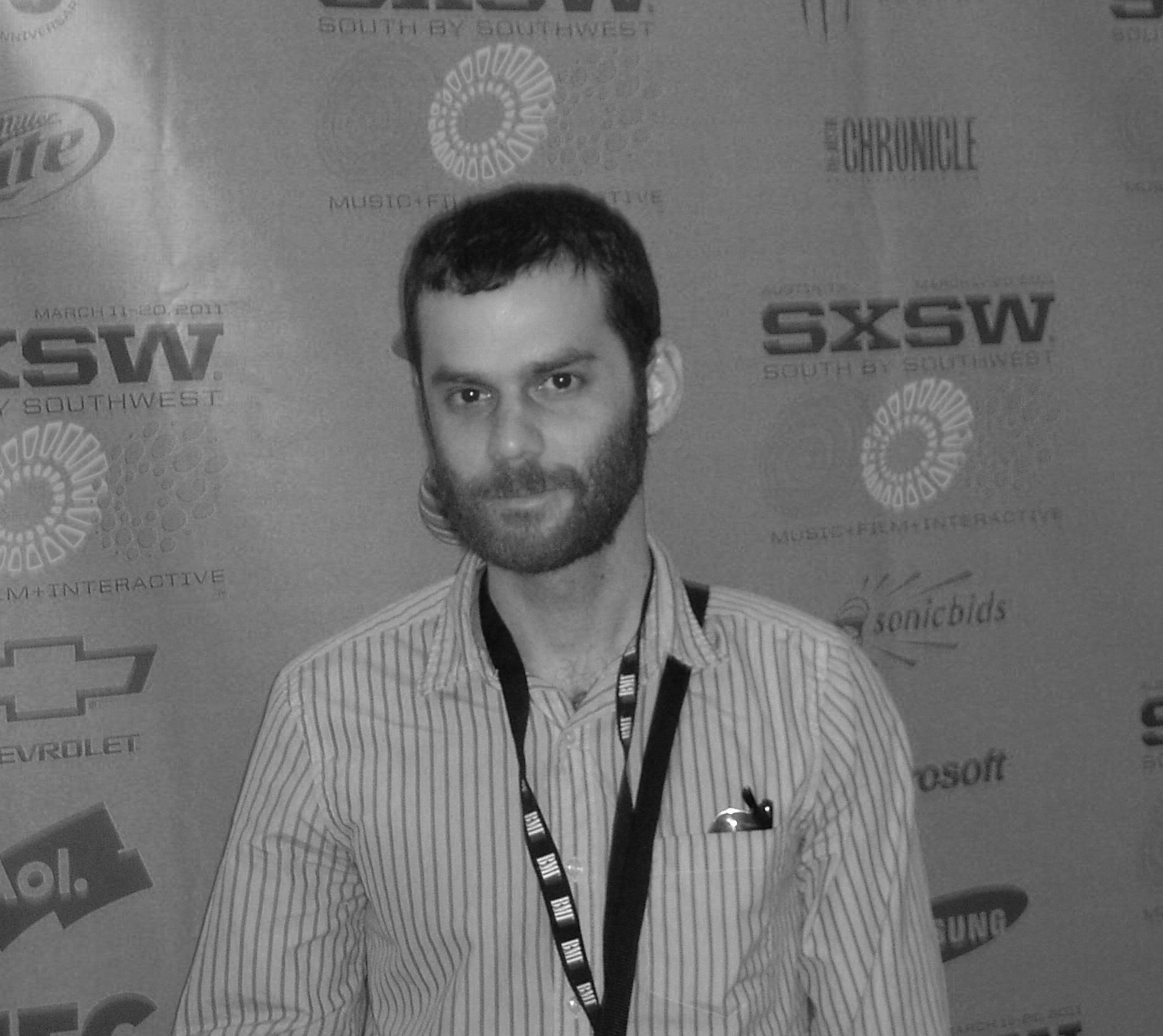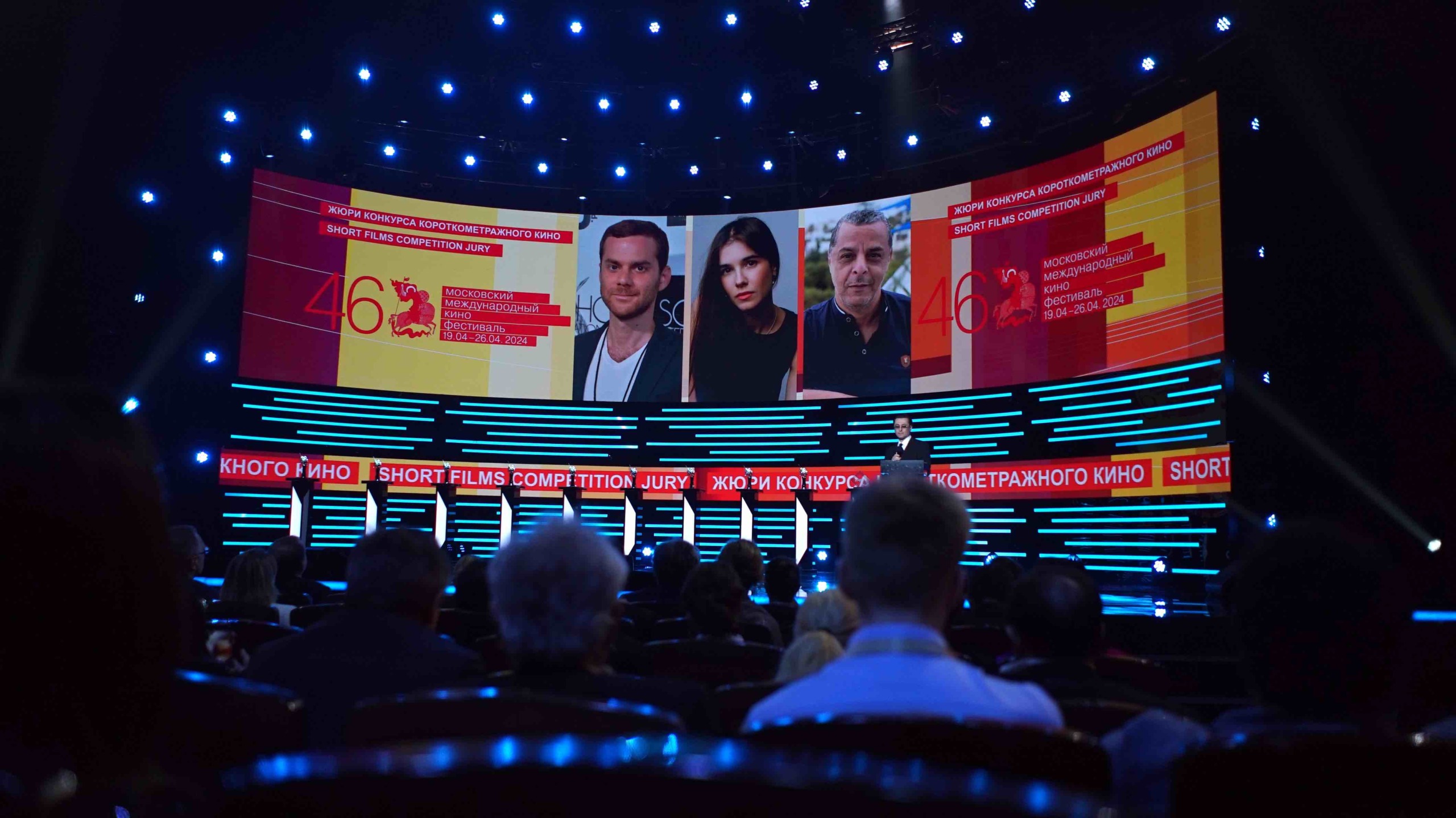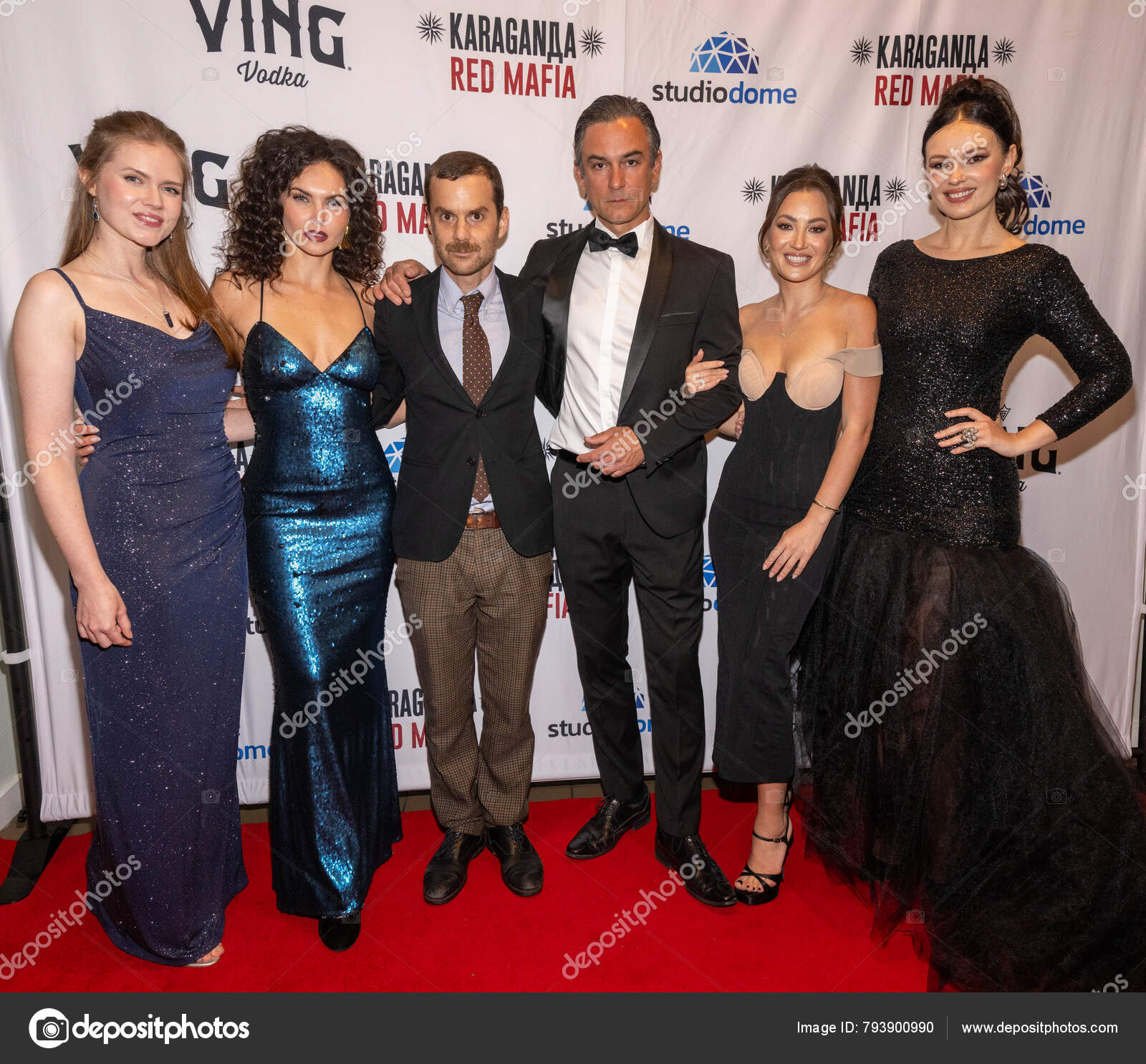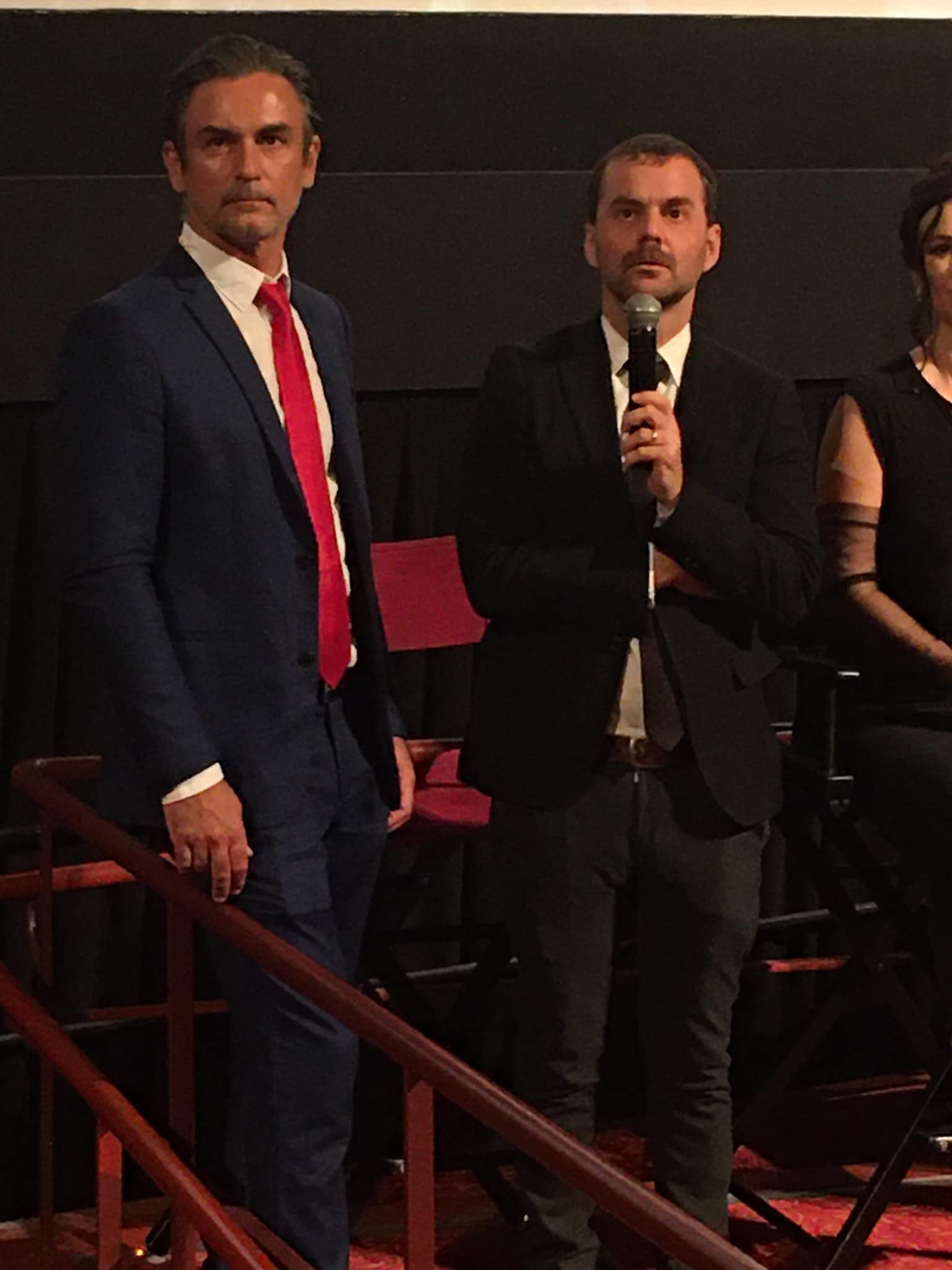We caught up with the brilliant and insightful Max Weissberg a few weeks ago and have shared our conversation below.
Hi Max, thanks for joining us today. Can you talk to us about a project that’s meant a lot to you?
The most meaningful project I’ve worked on is the feature film *KARAGANDA*: RED MAFIA. The film depicts the Russian mafia in 1990s Brooklyn, with part of the story set in a 1980s Soviet prison camp in the Karaganda region.
The project began while I was studying abroad in St. Petersburg, Russia in 2004, where I wrote the first draft of the screenplay. In the story, the main character Vladimir is sentenced to ten years in the Karaganda prison camp for smuggling. As I was finalizing the first draft, however, my sister disappeared in the 2004 tsunami in Thailand. At the time, a voice inside my head asked me what I would sacrifice in order to get her back, and I answered “anything.” Eventually this impacted the story I wanted to tell. Vladimir is someone willing to commit evil inside the prison camp to join the Vory v Zakonye, or “Thieves-in-law” gang, in order to rescue his wife, Elena, who is also imprisoned in a neighboring camp. As big as the story was, I did not know if it would ever be filmed, however.
In 2011, I enrolled in the American Film Institute in Hollywood, CA. At first, I thought it would be too difficult to make a film about the Russian mafia considering all of the practical limitations that face student filmmakers. But, urged to try something different by our instructors, I brushed the dust off my KARAGANDA project and filmed a segment set in the present day (in the meantime, the saga had morphed in feature trilogy also including Vladimir’s children). Much to my surprise, the film was a huge success among my fellow student filmmakers. For my thesis project, KARAGANDA, I filmed the section of the trilogy set inside a Soviet prison camp, arguably the most difficult part of the story. Despite many challenges such as figuring out the VFX of a prison camp, the film was Top 5 selected by a blind jury (out of 28 projects) for the AFI student showcase. Eventually it screened in 26 festivals, earning 5 awards.
Many years later I struggled to raise the money for the feature version of KARAGANDA. So I took the two AFI shorts and made ads out of them in order to market the sale of shares via Startengine.com, a fundraising platform. The process was filled with anxiety, yet we eventually found 338 investors through the platform. Following the Covid lockdowns, we began shooting in October of 2021 in Los Angeles, with 2 days of filming later in NYC. Our budget was tiny and the film was immensely challenging. Several actors and crew bailed out because they did not think we could recreate a prison camp at our budget level. Just getting a BMW from the 1990s in working condition proved a huge challenge, as the first one broke down and we were twice delivered the wrong model from the rental company. Also, every day we had to spend at least an hour applying tattoos to the actors. Perhaps the most difficult aspect was just dealing with FilmLA. For instance, several of the movie ranches we wanted to film at were shut down for various reasons. Often FilmLA made us hire a water truck or parking monitors for no apparent reason. In short, it seemed that our project would fail, yet we somehow persevered. Post was equally a nightmare as almost every scene required VFX. Eventually I had to jump in and perform animation on several scenes.
Once the film was completed, it screened in festivals in Spain, Italy, Bulgaria, Bangladesh, Russia, and the USA. Now titled *KARAGANDA*: RED MAFIA, the film premieres on Amazon Prime and other outlets beginning on April 2025.

As always, we appreciate you sharing your insights and we’ve got a few more questions for you, but before we get to all of that can you take a minute to introduce yourself and give our readers some of your back background and context?
Though I do not come from a family engaged in the film industry, my family is the main reason I became a filmmaker. My family is a “hotel family” as many of my relatives are in the hotel business, having owned hotels from NYC’s Upper West Side all the way to Venezuela and everywhere in between. Our main hotel has always been the Gramercy Park Hotel, which my family ran and lived in for nearly 50 years.
After finishing college and returning to NYC, a producer named Wendy Ettinger (who lived across the street) put a camera in my hands and told me to go film. I spent the next year and a half filming what became HOTEL GRAMERCY PARK, which premiered and earned a jury citation at the 2008 Tribeca Film Festival. In addition to my family members, the film included cameos from Kanye West, Ben Stiller, Kate Bosworth, Karl Lagerfeld, Paris Hilton, Winona Ryder, Jared Leto, Julian Schnabel, and more.
The hotel has long been a cultural icon in New York and affectionately known as a “rock n’ roll hotel” because it catered to Bob Dylan, David Bowie, Madonna, U2, and the Clash, among other acts. In 2018, I chronicled the hotel’s history in an article for Rolling Stone magazine and, in 2025, my book about the hotel will be published by Arcadia. As glamorous as it sounds, however, the hotel was also a major source of family strife. At one point my cousin died of a drug overdose in the hotel. My uncle David also committed suicide by jumping off the hotel’s roof and landing in front of his wife, who had just left him.
Like for so many others, the hotel has been my muse. Almost everything I’ve done creatively is somehow connected to my family’s story, even when making films about the Russian mafia.

What do you think is the goal or mission that drives your creative journey?
The goal of my creative work has always been to elicit the sublime in my audience. The sublime refers to the feeling of being emotionally overwhelmed by a creative work so much that you feel a separation between your physical body and the infinite, or spiritual part, of yourself. This process produces pleasure. For instance, when we watch a tragedy and are so moved by it that we feel pleasure at the character’s demise – even though we identify intimately with that character – we feel the sublime. Many argue that the sublime is a religious experience, and it can also be felt in certain types of music.
This is very different than trying to convey a “message” in art, which is finite in nature.

Have any books or other resources had a big impact on you?
One work I will never forget is Nietzsche’s Birth of Tragedy (Out of the Spirit of Music), which references ancient Greek works in talking about tragedy and the sublime. So much of modern criticism talks about a “message” which is vaguely political or moralistic in nature, and critics often ask “what are you trying to say?” This is the wrong attitude, I think. The ancient Greeks, by contrast, wanted their audience to feel something powerful. For example, when Oedipus discovers the horror that he murdered his father and wedded his mother, the feeling is overwhelming. There is no moral lesson. The experience is almost unimaginable, yet strangely produces a pleasure.
Nietzsche’s work helps us understand why drama does not necessarily need to be about superheroes overcoming great odds to vanquish an adversary. Rather, art can also convey a Dionysian spirit which produces powerful, almost drunken emotions within us, especially if the story is tragic or humiliating for the main character.
Contact Info:
- Website: https://www.luftmenschfilms.com
- Instagram: https://www.instagram.com/tovareeshmakc
- Facebook: https://www.facebook.com/max.weissberg/
- Linkedin: https://www.linkedin.com/in/max-weissberg-71311016/
- Youtube: https://www.youtube.com/@luftmenschfilms








